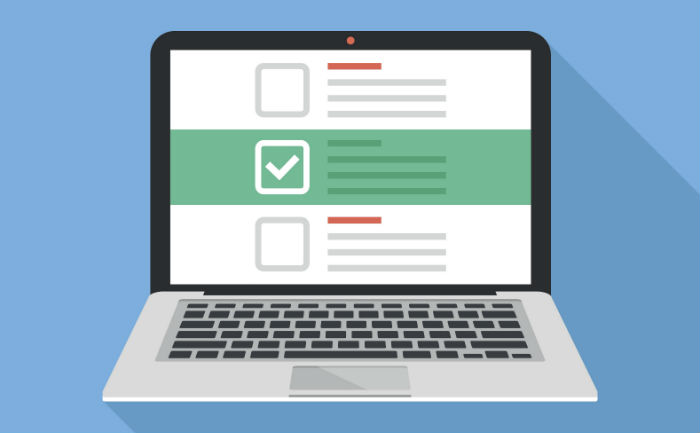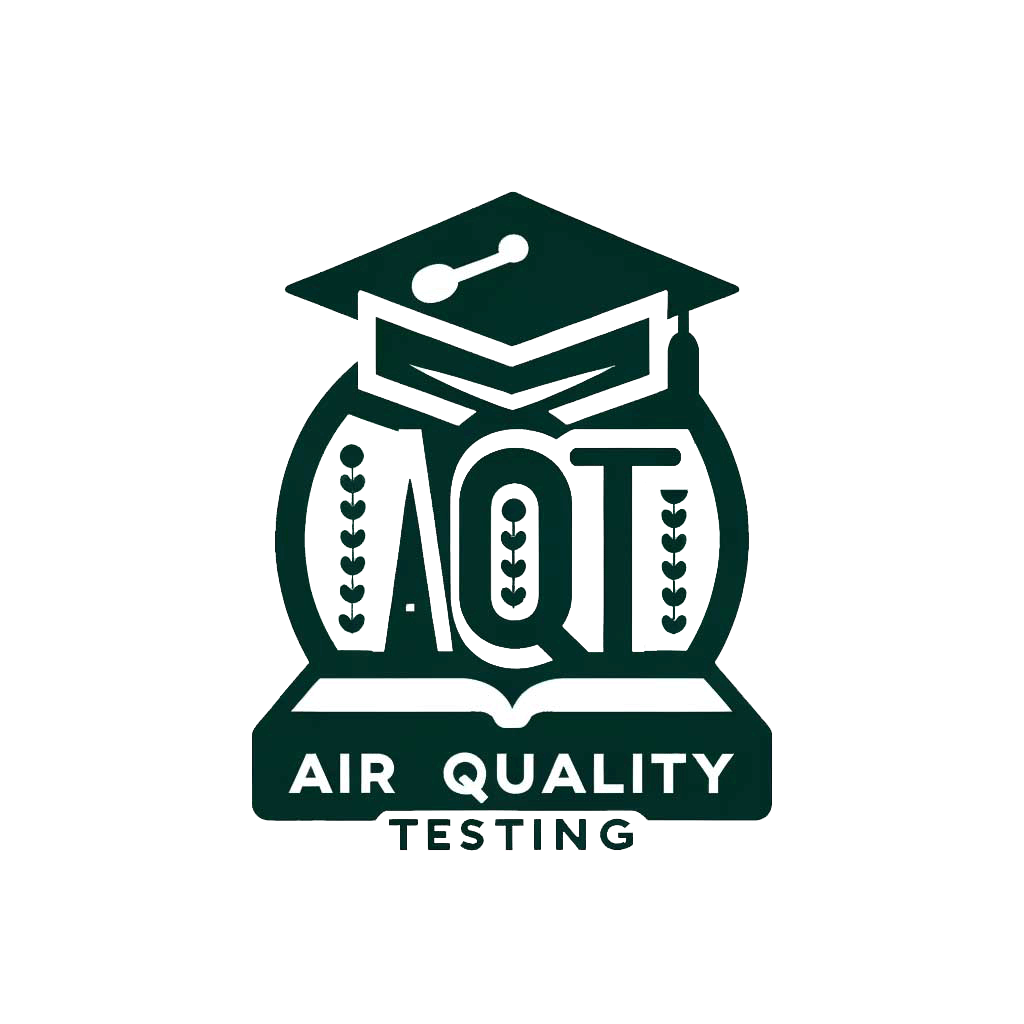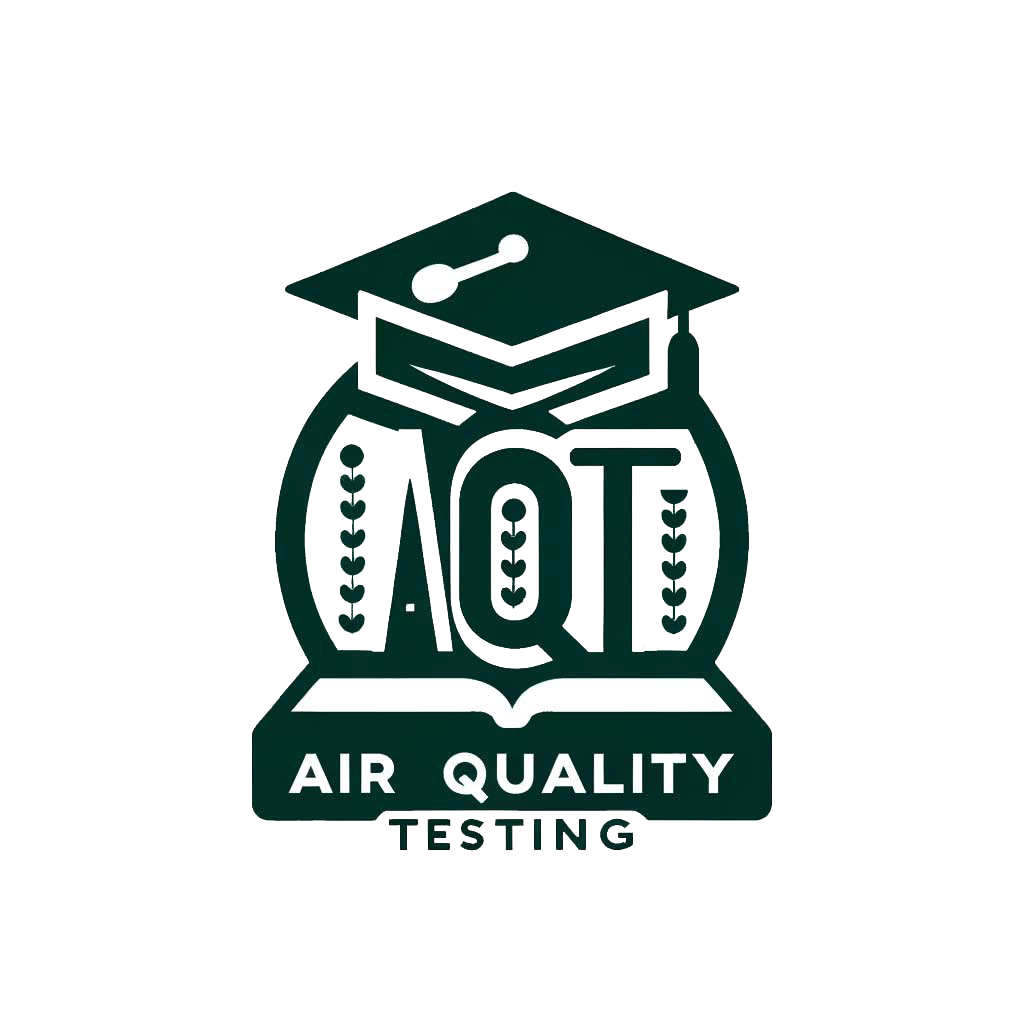Air Quality Testing


When to Test: Optimal Times for Air Quality Testing
Air quality testing is not just a task but a proactive measure to ensure the safety, comfort, and well-being of occupants in any indoor environment. While it’s beneficial to conduct regular air quality tests, there are specific instances where testing becomes crucial. This comprehensive guide delves into the scenarios where air quality testing is essential, including after renovations, amid health concerns, or as part of routine maintenance, ensuring that individuals and organizations can take timely action to maintain a healthy indoor atmosphere.
1. After Renovations or Construction
Renovation or construction work can significantly affect indoor air quality. The disturbance or addition of materials can release pollutants like VOCs, asbestos, or lead dust into the air.
Key Points:
- Materials and Chemicals: New paints, carpets, or building materials can emit harmful chemicals.
- Disturbed Particulates: Construction can disturb existing pollutants like mold or asbestos, making them airborne.
- Testing Timing: It’s advisable to conduct air quality testing after the completion of renovation work but before the space is re-occupied.
2. Experiencing Health Symptoms
When occupants experience unexplained symptoms that improve upon leaving the building, it might indicate an indoor air quality issue.
Key Points:
- Symptom Patterns: Notice if symptoms like headaches, fatigue, or respiratory issues are consistent with time spent in a specific environment.
- Identifying the Source: Air quality testing can help identify if the symptoms are related to air contaminants like mold, allergens, or chemical pollutants.
- Prompt Testing: Immediate testing is recommended to prevent prolonged exposure if health symptoms are suspected to be linked to air quality.
3. Routine Maintenance and Preventive Measures
Regular air quality testing should be part of the routine maintenance of any building, especially in spaces like schools, hospitals, or offices.
Key Points:
- Scheduled Testing: Incorporate air quality testing into the regular maintenance schedule to ensure a consistently safe environment.
- Seasonal Changes: Test during different seasons, especially in climates with significant weather changes, as this can affect indoor air quality.
- HVAC Assessments: Regularly test air quality when assessing HVAC systems to ensure they are effectively filtering and circulating clean air.
4. During and After Remediation Efforts
If an air quality issue is detected and remediation efforts are undertaken, testing should be performed to ensure the effectiveness of the intervention.
Key Points:
- Post-Remediation Verification: Conduct air quality tests after remediation to confirm that pollutant levels are within safe limits.
- Continuous Monitoring: In cases of severe contamination, continuous monitoring may be necessary to ensure the environment remains safe.
5. In Response to External Environmental Changes
External factors such as wildfires, industrial accidents, or changes in nearby land use can affect indoor air quality.
Key Points:
- Monitoring Air Quality Alerts: Stay aware of local air quality alerts and conduct additional indoor testing during events that may impact outdoor air quality.
- Protecting Indoor Environment: Ensure that buildings are adequately sealed and filtration systems are in place to mitigate the infiltration of outdoor pollutants.
Conclusion
Understanding when to conduct air quality testing is key to maintaining a healthy indoor environment. Whether it’s after structural changes, in response to health symptoms, as part of routine maintenance, following remediation efforts, or due to external environmental changes, timely and appropriate air quality testing is a critical step in safeguarding the well-being of occupants. By staying vigilant and proactive, individuals and organizations can ensure that their indoor spaces remain safe, comfortable, and conducive to health and productivity.
frequently asked questions
How often should I have my ducts cleaned?
Answer: The frequency of duct cleaning depends on various factors, and recommendations may vary. Consult a professional for personalized advice.
Can duct cleaning help with pet allergies?
Answer: While duct cleaning might remove pet dander, it is essential to manage pet allergens through other means as well.
What are the potential health risks of dirty ducts?
Answer: Dirty ducts could potentially contribute to indoor air pollution and may affect certain individuals with allergies or respiratory conditions.
Does duct cleaning remove mold?
Answer: Duct cleaning may address mold concerns, but extensive mold issues should be professionally addressed to prevent recontamination.
Is duct cleaning suitable for commercial properties?
Answer: Duct cleaning can be considered for both residential and commercial properties, although specific needs may vary.
Can I clean my ducts myself?
Answer: DIY cleaning is possible for surface dust, but professional duct cleaning ensures a more thorough process.
How long does duct cleaning take?
Answer: The duration depends on factors such as property size and duct condition. Professionals can provide estimates based on inspections.
Will duct cleaning improve HVAC system performance?
Answer: Improved airflow from clean ducts may positively impact HVAC system performance, but other maintenance measures are also important.
Does duct cleaning prevent pest infestations?
Answer: Duct cleaning can remove debris that might attract pests, but prevention measures are essential in avoiding infestations.
Is duct cleaning a one-time service, or should it be repeated regularly?
Answer: The frequency of duct cleaning depends on individual circumstances, and professional assessments can provide better insights.



 IAQA
IAQA 


